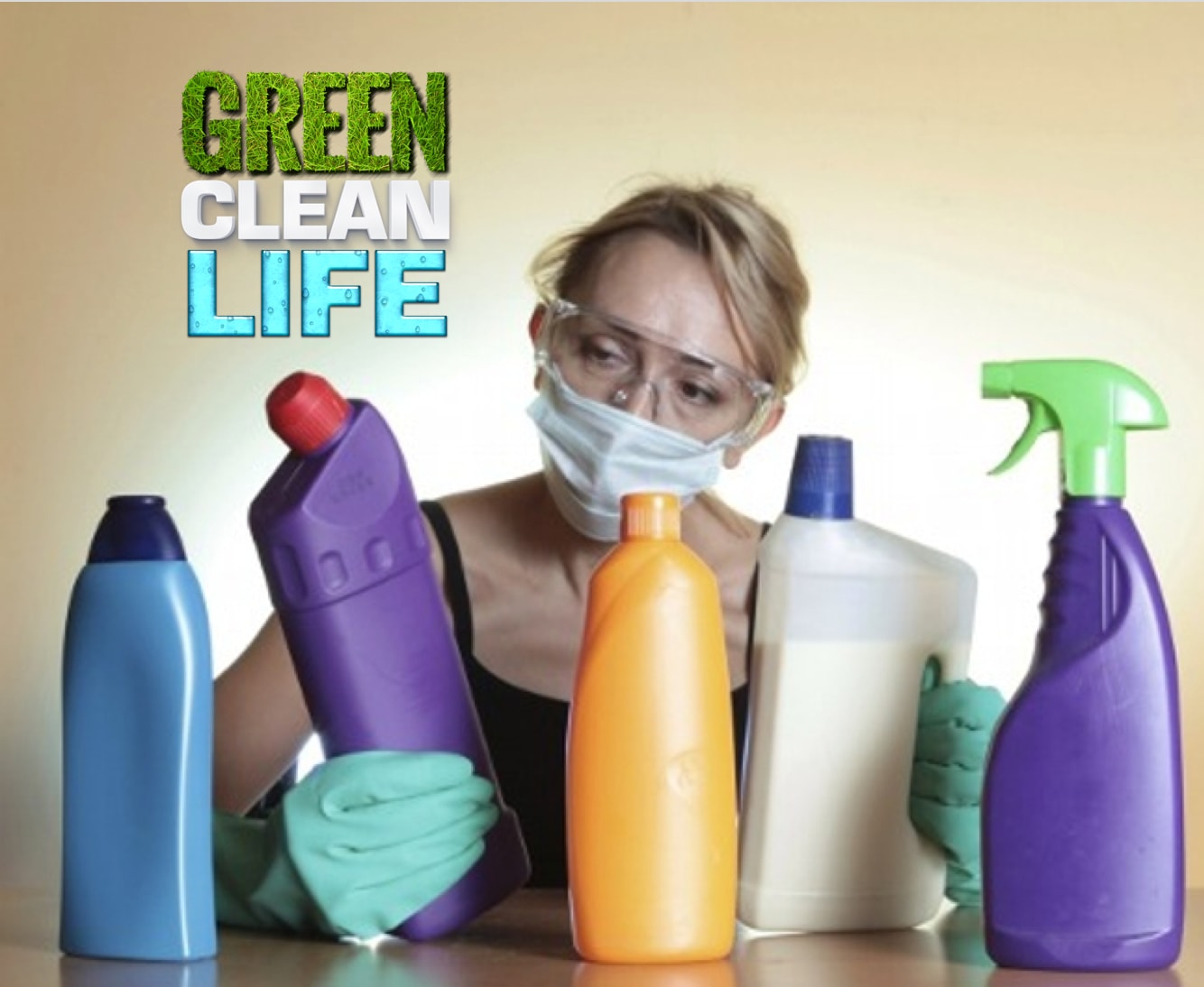The Environmental Working Group, or EWG, has come out with a “Hall of Shame” list and what it contains will shock and educate you. Many of the products you use in your home contain carcinogens, asthma inhibitors, and toxins. Are you paying more for that name brand cleaner for unregulated product? According to research shown, a staggering 93% of cleaning products in this independent study did not accurately state the contents nor the quantity of contents properly! The EWG research also showed that 53% of the solutions contained chemicals that are hazardous to the lungs and can cause serious damage. To add insult to injury, many of these cleaners also contained common carcinogens like formaldehyde and chlorine, but something even worse lurks around the corner
Being green is one way to combat these pesky, poisonous materials, but that “green” label you see on most products in the store also doesn’t has hidden meanings! Companies have made mild changes to their formula to qualify for these new “green” labels, but it is an attempt to take advantage of a rising market. These cleaning products might as well be toxic moltov-cocktail filled with phthalates, benzene, and phenols. This is why the movement is making so much cash though, because the manufacturer and middle-man are taking advantage of your trust.
You can’t judge a book by its cover, and you can’t trust a label jus because it says green. If you really want a green product that won’t be filled with chemicals, look to natural anti-bacterial replacements like tea tree oil and baking soda. Real Simple Magazine suggests. Lemon juice, cooking oil, and vinegar are some that you can find around the house and start using right away, so what are you waiting for? Time to join the Green Clean Life Movement.

